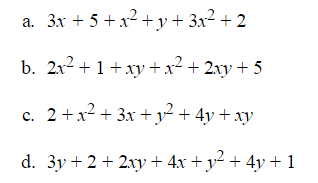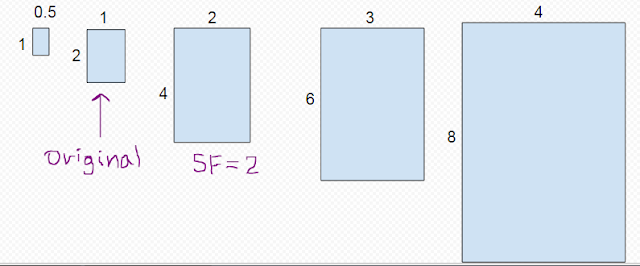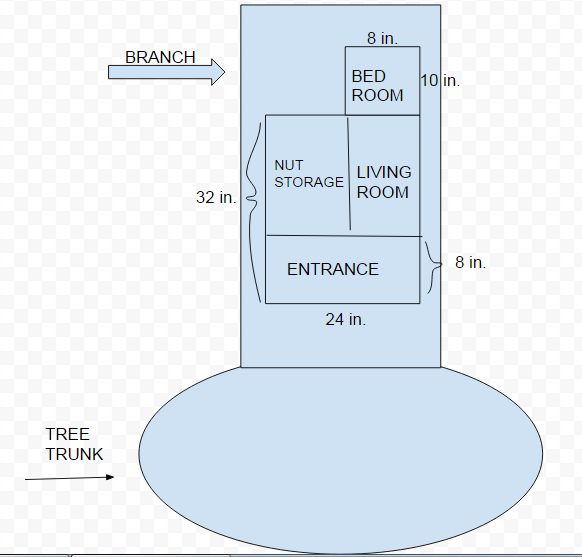1. Warm-up: Grab a graphic organizer from your table.
Instructions: Draw lines and/or arrows to show which representations you have learned so far. Explain the connections between the different representations. Be sure to include anything you figured out about how the numbers in the equations (rules) relate to tile patterns.
2. Lesson 4.1.5 Putting it all together (patterns, rules, graphs, tables)
Instructions: Draw lines and/or arrows to show which representations you have learned so far. Explain the connections between the different representations. Be sure to include anything you figured out about how the numbers in the equations (rules) relate to tile patterns.
2. Lesson 4.1.5 Putting it all together (patterns, rules, graphs, tables)
- Challenge Problem #42- For each subproblem:
- Generate the rule
- Create an x to y table
- Create a graph
- Draw the pattern (Figures 0 through 3)
- You may answer the questions in any order, but finish the problem completely before moving on to the next one.
3. Update your Representations of Patterns Web with any new connections you made after completing this lesson
Homework: Lesson 4.1.5 8th grade R/P (#44-48 only!)









